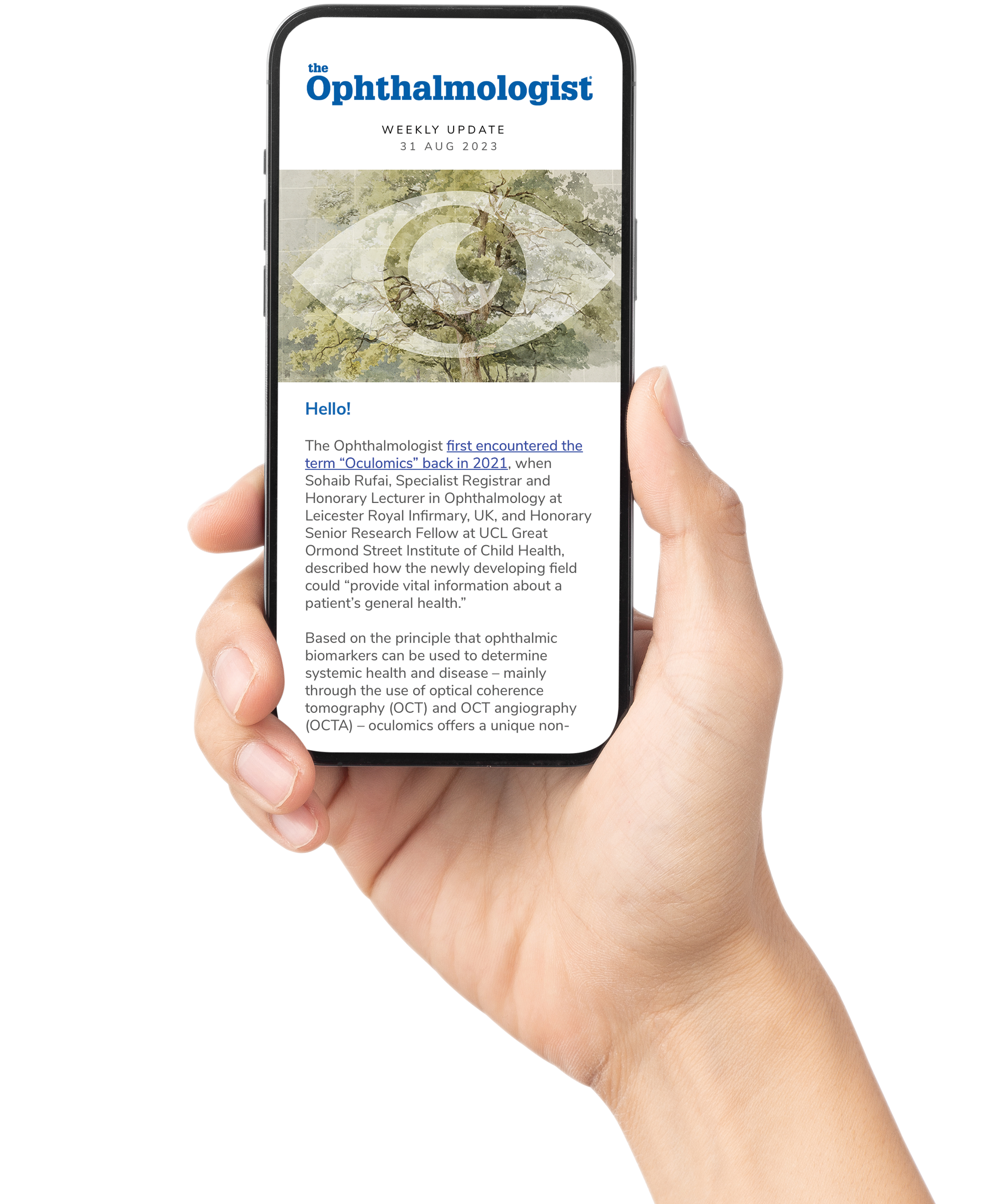US researchers are developing a novel vision correction technique that could one day offer an alternative to LASIK surgery, by reshaping the cornea without lasers or incisions. The approach, called electromechanical reshaping (EMR), was presented last week at the American Chemical Society (ACS) Fall 2025 meeting.
While effective, LASIK – performed hundreds of thousands of times each year in the US – can compromise structural integrity and cause side effects. “LASIK is just a fancy way of doing traditional surgery. It’s still carving tissue — it’s just carving with a laser,” said Michael Hill, Professor of Chemistry at Occidental College, Los Angeles, who has been working with his team on developing EMR.
EMR instead uses a platinum “contact lens” electrode to deliver a small electric potential to the cornea, temporarily loosening collagen bonds by shifting local pH. In ex vivo rabbit corneas, the technique reshaped curvature in about a minute — as fast as LASIK — but with fewer steps, lower equipment costs, and no tissue removal.
Lead collaborator Brian Wong, a surgeon at the University of California, Irvine, said that the effect was first discovered by accident while studying tissue mechanics. “I was looking at living tissues as moldable materials and discovered this whole process of chemical modification,” he explained.
Although promising, the work remains in its early stages. The team plans further animal studies on living models to assess safety, durability, and potential to treat astigmatism or hyperopia. “There’s a long road between what we’ve done and the clinic,” noted Hill, “but if we get there, this technique is widely applicable, vastly cheaper and potentially even reversible.”
Source: American Chemical Society
While effective, LASIK – performed hundreds of thousands of times each year in the US – can compromise structural integrity and cause side effects. “LASIK is just a fancy way of doing traditional surgery. It’s still carving tissue — it’s just carving with a laser,” said Michael Hill, Professor of Chemistry at Occidental College, Los Angeles, who has been working with his team on developing EMR.
EMR instead uses a platinum “contact lens” electrode to deliver a small electric potential to the cornea, temporarily loosening collagen bonds by shifting local pH. In ex vivo rabbit corneas, the technique reshaped curvature in about a minute — as fast as LASIK — but with fewer steps, lower equipment costs, and no tissue removal.
Lead collaborator Brian Wong, a surgeon at the University of California, Irvine, said that the effect was first discovered by accident while studying tissue mechanics. “I was looking at living tissues as moldable materials and discovered this whole process of chemical modification,” he explained.
Although promising, the work remains in its early stages. The team plans further animal studies on living models to assess safety, durability, and potential to treat astigmatism or hyperopia. “There’s a long road between what we’ve done and the clinic,” noted Hill, “but if we get there, this technique is widely applicable, vastly cheaper and potentially even reversible.”
Source: American Chemical Society
